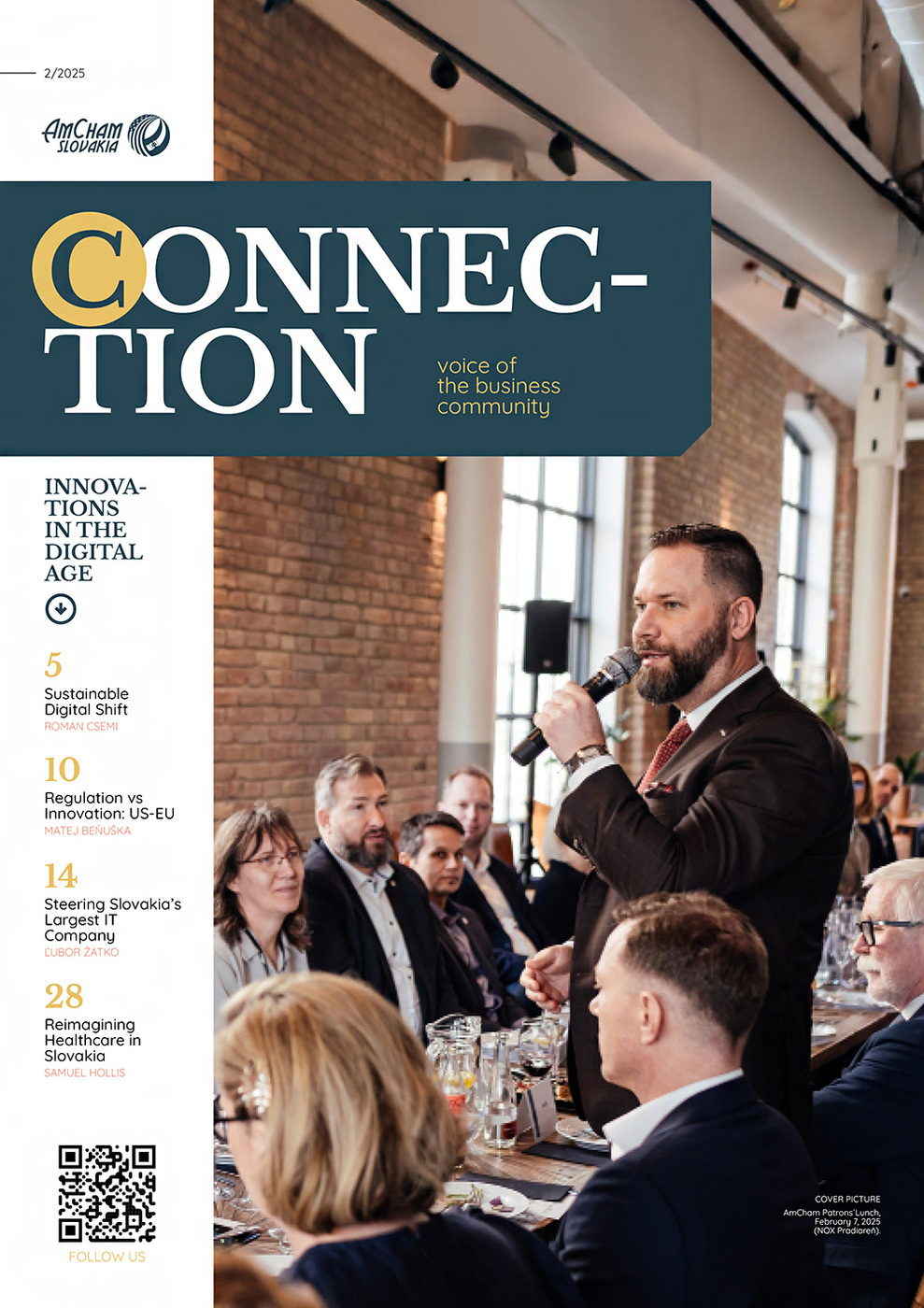AI-driven automation provides companies with a competitive edge by increasing efficiency, improving customer satisfaction, and offering employees new learning opportunities. We spoke with Robert Plonka, Director of Customer & Sales Services at telecommunications operator SWAN, about how AI transforms customer service.
Where did the idea to integrate AI into business processes originate?
Surprisingly, the idea emerged quite naturally a couple of years ago during our initial analysis of AI’s potential in customer care. We quickly realized its immense value. Our team immediately began examining existing processes that AI could optimize, ultimately enhancing the customer experience. The adoption process felt like boarding a Shinkansen express, although the development of the actual solution progressed more gradually. We needed to select a visionary and strategic partner who could meet our expectations. It was important to find a solution that would not only address immediate challenges, but also lead us for the future. Our goal was to implement a comprehensive, long-term, and sustainable solution, despite our lack of prior experience.  Why is AI such a powerful tool in customer service?
Why is AI such a powerful tool in customer service?
We view automation as an essential part of customer care. Previously, many tasks were handled manually. AI has enabled us to automate several processes, which is a significant benefit. Additionally, AI technologies such as Natural Language Processing (NLP) allow us to interpret human speech and perform tasks automatically. This capability means that customers may not even realize whether they are interacting with a human or an AI system when they receive information.
Why is AI development accelerating so rapidly?
We can talk about the evolution, where early chatbots were manually programmed with rigid customer pathways, requiring extensive work for each question. Modern chatbots and voice bots, thanks to generative AI, operate by being ‘fed’ information from data libraries. AI afterwards interprets and communicates that information in a natural way. Voice bots have also evolved, mastering linguistics and audio linguistics, transforming communication into a digital format with synthetic voices indistinguishable from humans. In the near future, we may not even be able to distinguish whether we are speaking with AI or a human, unless the AI discloses itself.
What specific AI initiatives is SWAN currently pursuing?
At SWAN, we are currently focused on automating processes using bots, including chatbots, voice bots, email bots, and call bots. These systems work together as an integrated network. The voice bot functions as a complex neural network that requires continuous learning to interpret data accurately. It helps us to sort customer requests and reduces manual tasks. Recently, we have launched a chatbot project we feed with accurate information to provide right responses. The email bot helps to sort requests based on keywords and facilitates simple conversations via email. The call bot’s role is to handle mass customer calls, whether for sales purposes or back-office tasks.
How does AI know what to say to customers?
I would compare it to the learning process of a child. For instance, when introducing new products or services, adjusting terms, or changing tariffs, we need to teach the bot how to interpret and communicate this information correctly. The learning process has three phases: feeding information, analysis, and testing. Only after mastering this process, the bot becomes able to respond to customer inquiries accurately. If there are errors, we correct them in real time. This process is managed by an internal team of experienced staff, who feed the bot with accurate information and tailor communication to meet customer expectations.
Robert Plonka, Director of Customer & Sales Services, SWAN, a.s.



Follow us